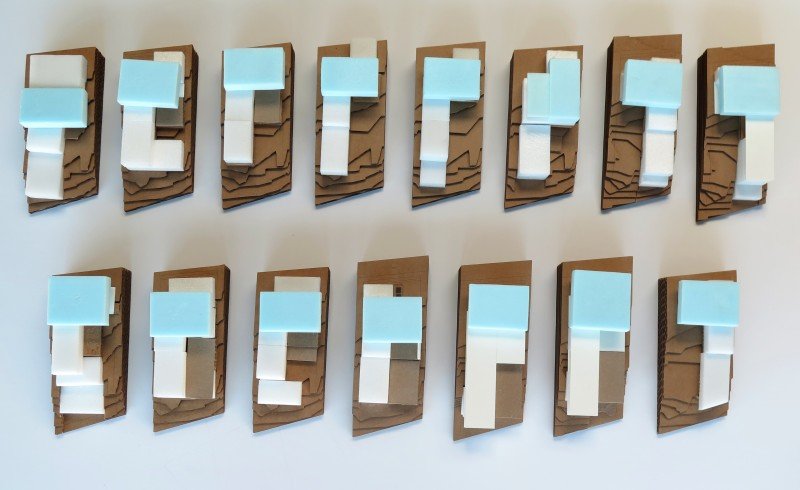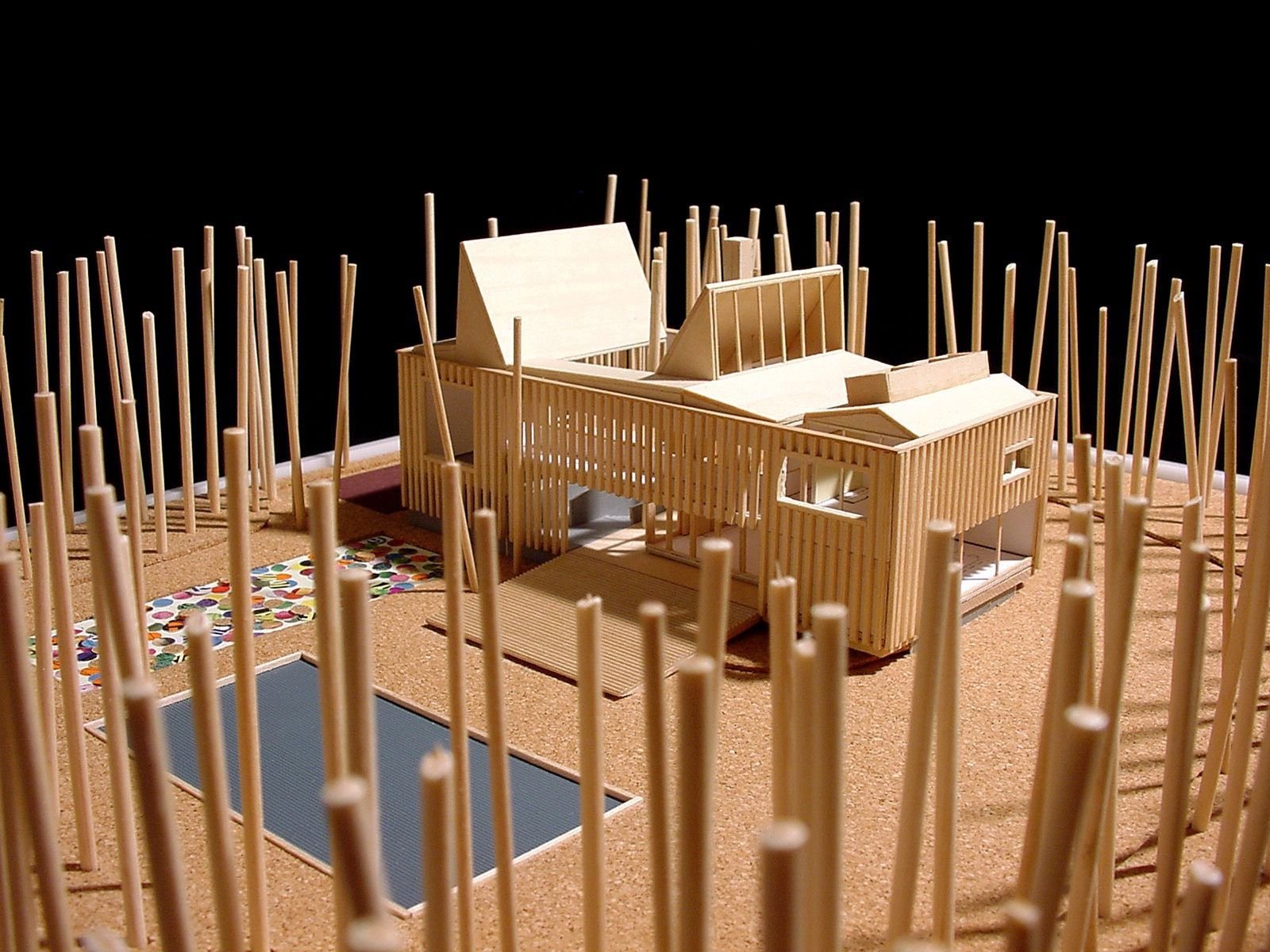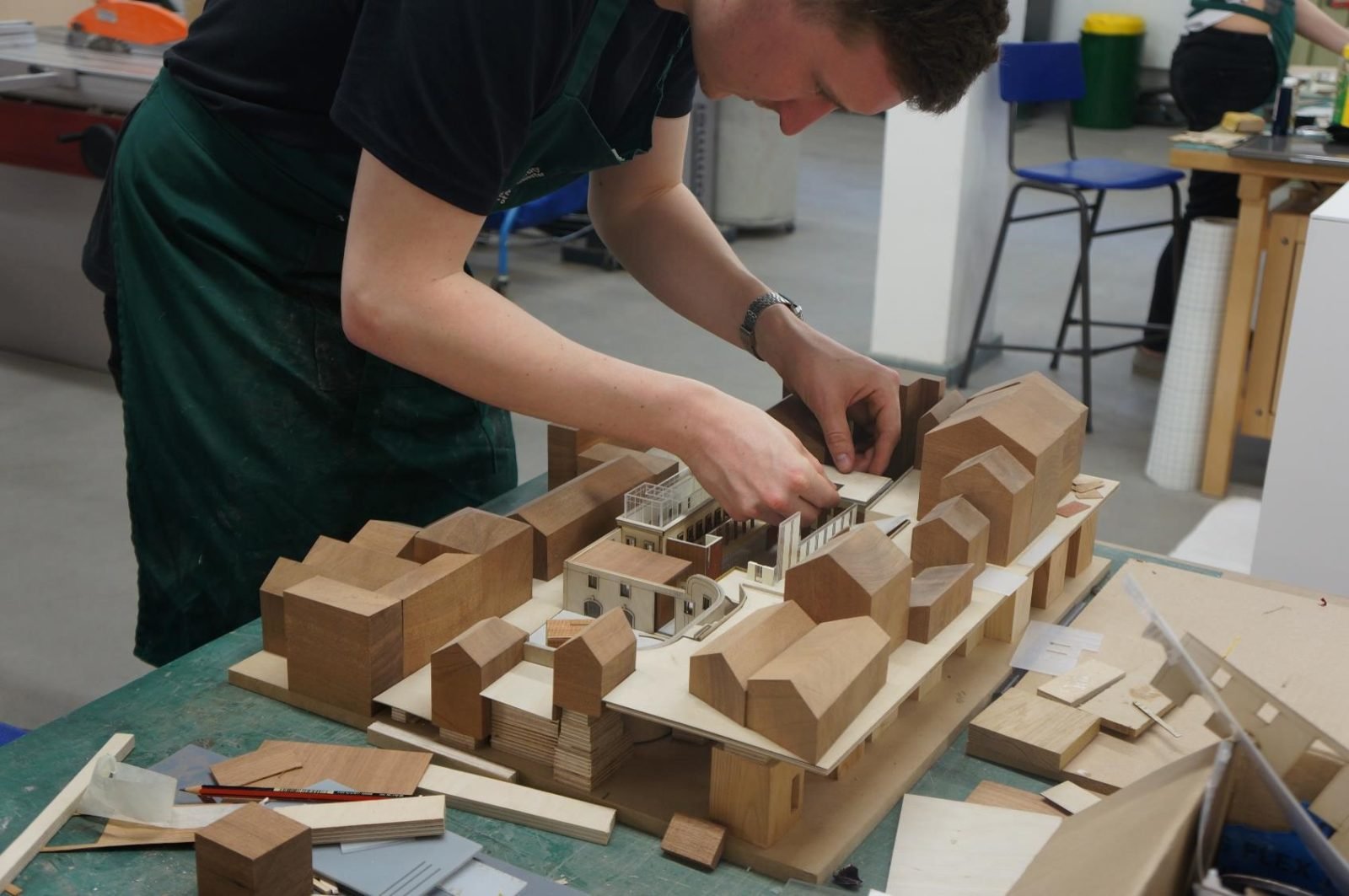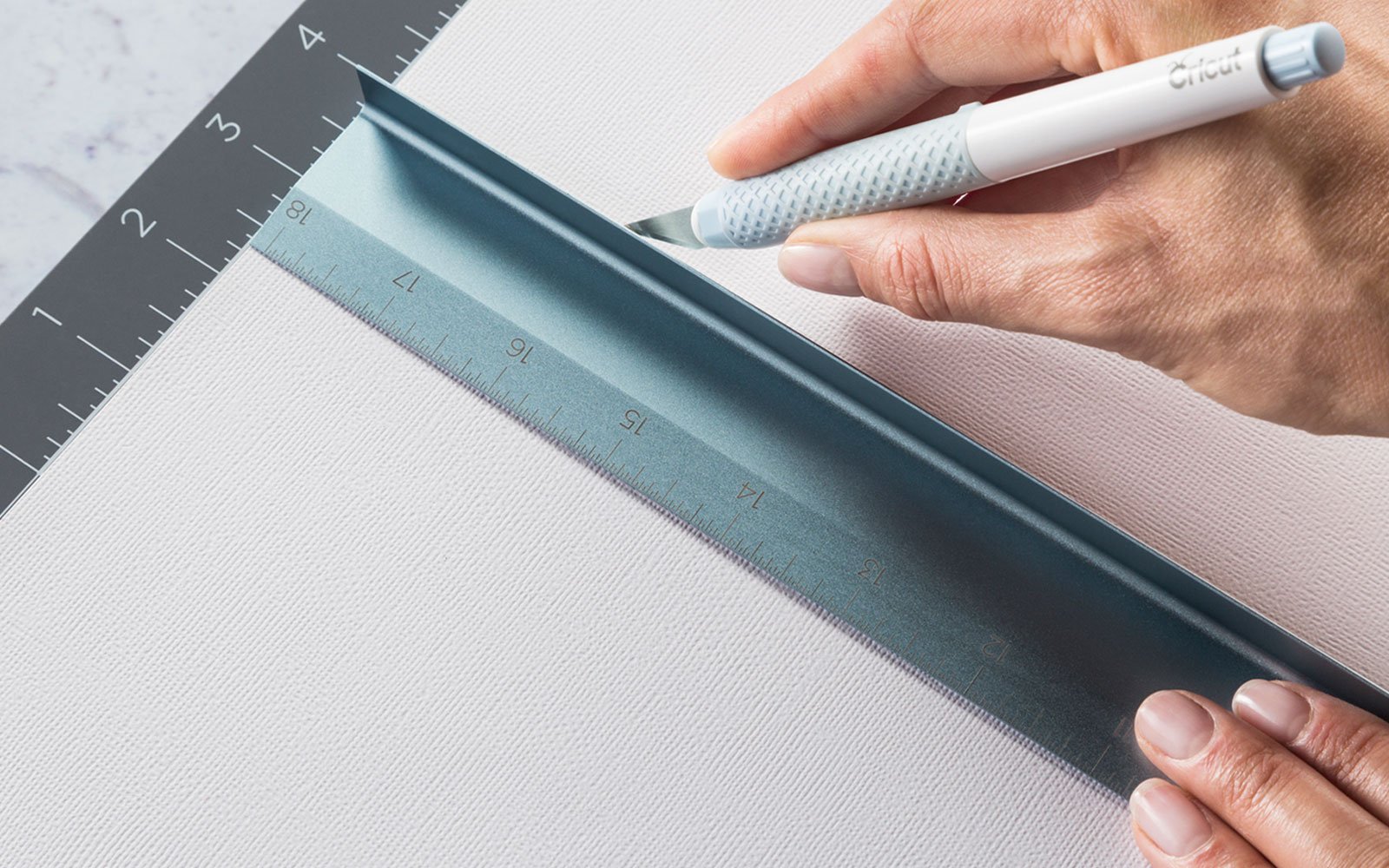5 Model Making Tips for Architecture Students
4 minute read
I’m overwhelmed to have gotten such positive feedback from the last article on drafting tips, so I thought I’d send another, only this time I’m writing 5 model making tips for architecture students!
So, model making, like drafting, isn’t something that every architect or student enjoys. It’s really a hit-or-miss. I know some people that could spend countless days putting together a beautifully hand-crafted model whereas I’m more like “let’s build it in BIM and 3D print it :’D”
It really depends on your preference of design techniques. Despite that, model making is still prevalent even with today’s immersive technology such as virtual reality and animation.
A well-crafted model not only gives life to a concept in a 3D, touchable and visual form but can be an amazing selling point for your design when done well and thoughtfully.
Let’s get started with today’s tips. I’ve compiled 5 important model making tips for architecture students that will boost your model making quality and hopefully also save you time when crafting.
Model Making tips for Architecture Students #1.
Your design is never final.
In my first year studying architecture, I was naive in the sense that when I had designed something, I would think that it was final. The problem with architecture is that a design will never be completed. Every great architect will tell you that they have never actually produced a “perfect” design or drawing set, they simply get it to a point where it’s GOOD ENOUGH and move on. The reason behind this is because they could spend decades refining a scheme and making changes, idealising perfection but never being able to achieve it.
It is extremely important to refine and refine and refine, but understanding this is to realise that you should be smashing out small, drafty models before even thinking about making the final presentation model. Design is iterative and requires change. The more drafty your models are and the less time you spend making them, the easier it is to implement changes that will improve your design. Saying that, it gets to a point where you need to put the drafts away and build a final model. This is where time management becomes extremely important for an architect or architecture student. Schedule your time accordingly and this shouldn’t be an issue.

Model Making tips for Architecture Students #2.
You’re designing buildings, not models!
A lot of fresh students get caught into making their models look like a train set model, with the realistic trees and landscape all perfect, with realistic scaled people and bushes and seats and chairs . . .
There is always a time and place for making realistic scenes that are life-like, but it needs to be understood that you are designing buildings that need to be built in real life. What information is necessary and what information isn’t?
Sometimes we can get carried away with overloading our models with these aesthetic features, but I assure you 95% of the time you are stripping away the aesthetic of the design when you are adding other information such as trees and hills. It’s way more important to keep your models clean, readable and informative than to have them colourful and overly decorative.
You can be metaphoric as well to display useful information. I’ve used pins, or skewers, or dead tree ends spray painted black, or toothpicks to represent trees and I guarantee 9 times out of 10 teachers will prefer this over the fake train-model making kit trees. Why? Because architecture is supposed to be metaphoric. The green trees stray the viewers attention away from what’s important, your design.

Experiment with different representations of site context such as trees to remove distraction from what matters . . . Your design. It looks clean and jurors love it 😉
Model Making tips for Architecture Students #3.
Use scaled people.
Following the point before, I mentioned that you shouldn’t use the scaled people in those train kits. This doesn’t mean for you to not use scaled people, however!
Scaled people are fantastic for showcasing the scale of your model. If you have a 1:50 model, using 1:50 scaled people sitting, standing, walking, looking up, throwing something, etc, is going to bring life to your scene and help showcase how your design functions. The idea is to not use colourful people, but again to keep it simple. Use a singular coloured figure.
If you win the model making kit through the contest, you get 50x 1:50 scaled people doing different actions and you also get 50x 1:100 people as well!
Model Making tips for Architecture Students #4.
Use a metal ruler and SHARP knife.
Don’t make the mistake of using a plastic ruler, it will get destroyed . . .
Also, make sure you’re using a SHARP blade and change it often. Again, if you win the kit you get 4x metal rulers, one which is my favourite model making ruler EVER!! and a new knife with 6 replacement blades.
Uh… WIN!
Use a light set of pencils to draft your sheets and lay it out using a grid. Consider the use of “negative space”, or space on the sheet where there are no drawings or text, just blank space, to help it “breath” and avoid it looking cramped.
Once you’ve laid out a grid and considered what drawings will go where, you’re ready to start drafting. Without taking this first step, your drawings will never look pristine or organised, resulting in lost marks or lost clients.
Model Making tips for Architecture Students #5.
As Mies van der Rohe once quoted "Less is More", it's no different when using glue.
If you’re using the right glue, which should be some kind of PVA or model crafting glue, as opposed to super glue or hot glue, you don’t need much to make things stick together.
Glue marks will be the downfall of your models, be thoughtful about how little glue you use on your models, a model with no glue marks will be looked highly upon and shine against your peer’s messy models.
Model Making tips for Architecture Students #6 (bonus)
Practice makes perfect.
Some things in life just take time, and model making is no different. If you want highly appealing models, it takes practice and time to perfect it.
Saying that, as a student you don’t need to aim for perfection. You simply need to be getting better and better by practicing and pushing yourself outside of your comfort zone by trying new things.
I sincerely hope this has been helpful and if you have any concerns or questions please don’t hestitate to contact me.
Your Biggest Fan,


Kyle Sinko, Founder of Successful Archi Student // Architecture Student from South Australia






